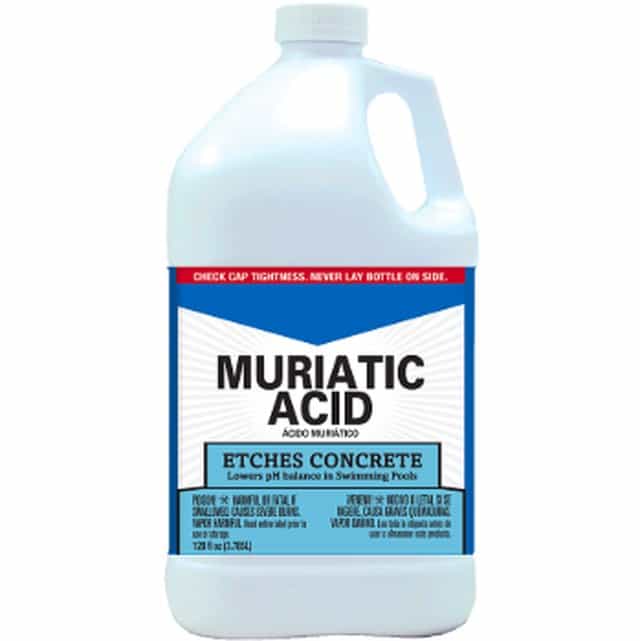How does halogen lamp work? So, here is what you should know first, there are several names for the halogen lamp, such as tungsten and quartz halogen. It is an improved incandescent lightbulb.
Like a regular tungsten bulb, the filament in a halogen bulb is made of ductile tungsten and is housed in a gas-filled bulb; however, the gas in a halogen bulb is under a higher pressure (7-8 ATM).
The glass bulb is composed of aluminosilicate, high-silica glass, or fused quartz. Because of its superior strength over regular glass, this lightbulb can withstand extreme pressure.
Because of its high lumen output and small size, this lamp has been the industry standard for work lights and lighting for movies and television. Fluorescent, tiny HID, and white LED array bulbs are gradually replacing halogen lights. Enhanced effectiveness of halogens with More than 30 lumens per watt could reverse the future sales drop.
Table of Contents
What is an Halogen Lamb?
The halgen lamb is an incandescent lamp with a tungsten filament sealed in a thin transparent envelope filled with a mixture of an inert gas and a small amount of a halogen, such as iodine or bromine, is known as a halogen lamp (also known as a tungsten halogen, quartz-halogen, and quartz iodine lamp).
A halogen-cycle chemical reaction is created when the tungsten filament and halogen gas are combined. This reaction redeposits tungsten that has evaporated onto the filament, extending its life and preserving the envelope’s clarity.
This results in light with a higher luminous efficacy and color temperature and enables the filament to run at a higher temperature than a typical incandescent lamp of comparable power and operating life.
Halogen lamps can be used in small optical systems for illumination and projectors because of their modest size. SÈE: Can You Put Screws in Concrete?
A much bigger outer glass bulb, which has a lower temperature, shields the inner bulb from contamination, and mechanically resembles a regular lamp, may encompass the smaller glass envelope.
How Does Halogen Lamp Work?
Similar to a regular incandescent lamp, a halogen lamp features a tungsten filament, but it is significantly smaller for the same wattage and has halogen gas inside of it. The halogen is significant because it prevents the tungsten filament from blackening and slows down its thinning.
RELATED: Painter’s Tape vs. Masking Tape: What’s the Difference?
This increases the bulb’s lifespan and permits the tungsten to safely achieve greater temperatures, producing more light. Fused quartz is frequently used instead of regular silica glass since the bulb needs to be able to withstand higher temperatures.
A monovalent element that easily generates negative ions is called a halogen. Fluorine, chlorine, bromine, iodine, and astatine are the five halogens. In halogen tungsten lamps, only iodine and bromine are used.
1. How it Work
A.) When the lamp is turned on, more current flows through the filament, causing it to glow red. The temperature rises quickly. Iodine (184 C) or bromine (59 C) are the comparatively low temperatures at which the halogens boil into a gas.
B.) Normal incandescent lamps turn black because tungsten atoms often evaporate off the filament and deposit inside the bulb. The filament becomes thinner as atoms exit it. When the filament eventually breaks, it usually splits at the ends. When the halogen cools, the tungsten atoms in a halogen lamp chemically combine with the halogen gas molecules to form a new layer on the filament. The term “halogen cycle” refers to this process.
ALSO: How to Clean a Swimming Pool: Quick Maintenance Guide
2. Modifications and Applications
There are two primary types of halogen bulbs: single ended and double ended. Double-ended halogen lamps are the most widely used type; they are often higher wattage lamps that are utilized for yard lighting, work lights, and film production lamps. Halogen lights are ideal for security lamps that are triggered by motion sensors because they can turn on instantly, unlike high pressure sodium or mercury vapor lights. Frequent on and off cycles shorten the life of a halogen lamp.
A double-ended halogen’s filaments can be either straight or double-coiled. Irving Langmuir invented the coiled filament design found in typical incandescent bulbs, which increases luminous intensity across the board.
The halogen bulb range utilized in film and television production is 125-750+ Watts. The amount of bulbs that can be connected to a typical 15 Amp circuit is limited by the high consumption. Because they use less heat and present a lower fire risk than halogen lamps, daylight fluorescents, HMIs, and LEDs replace halogen lamps every year.
Since the middle of the 1990s, lighting for homes and businesses has become another application for halogen lights. A common method of distributing high-quality light to particular locations for food preparation, art or wall décor, and general mood lighting is the halogen track lamp. Unlike small fluorescent lights, halogen lamps can be totally dimmed. When dimmed, the halogen uses relatively little energy and lasts longer. Early halogen lighting was created by Frederick Mosby using regular Edison bulbs.
Newer halogen lamps, like the one above, are utilized in automobile headlights. “Blue Star” is a Sylvania device that creates a blue tint by filtering halogen light. Compared to regular tungsten, this results in a worse color rendition. There is now a wider selection of lamps available as a result of the deregulation of auto headlights.
3. Creators and Innovations
In 1955, Elmer Fridrich and Emmet Wiley at General Electric in Nela Park, Ohio, invented the halogen lamp. Others have attempted to construct halogen lights, but they were unable to prevent the bulb from becoming dark. Fridrich discovered that in order to enable the tungsten filament to burn at high temperatures, a tiny amount of iodine needed to be applied around it.
The early lights were made to “bake” paint onto metal by utilizing the halogen light’s high heat output.
In 1959, patents were granted, and by 1960, other engineers had refined the halogen to make it more affordable to manufacture and sell. The weight of the lamps has decreased since the 1980s.
The development of ductile tungsten in 1911 by William D. Coolidge is one example of early work completed prior to the 1950s. Numerous lamp types, including halogen lamps, employ this substance. From 1905 until the 1940s, Irving Langmuir investigated tungsten doping and gas filling as ways to increase bulb life.
CHECKOUT THIS: How Pilot Lights Work | Thing you don’t know
How does halogen lamp work?
How Does Halogen Lamp Work Physics
A tiny quantity of a halogen, such as bromine or iodine, and an inert gas, such as argon, surround a tungsten filament in a halogen lamp. A chemical reaction known as the regeneration cycle or halogen cycle is produced when the tungsten filament and halogen are combined.
Do Halogen Bulbs Get Hotter Than Incandescent
Halogen lights emit twice as much heat as regular incandescent ones. If a table lamp has a 75W UL rating, it means that the bulb is a typical home bulb.
READ MORE: How to Get Mold Out of Clothes | Full Guide
Tungsten Halogen Lamp
A halogen lamp is an incandescent light source made up of a tungsten filament enclosed in a small transparent envelope containing a mixture of an inert gas and a tiny quantity of a halogen, such bromine or iodine.
Halogen Lamp Construction and Working
A tungsten metal filament is housed inside a fused silica quartz glass in a halogen lamp. An inert gas, such as argon or nitrogen, is contained within the lamp’s glass lid. To supply the lamp filament with electricity, two terminal leads are attached to it.
SEE ALSO: How Dryer Sheets Work ? Full Tips and Guidelines
Frequently Asked Questions
The tungsten filament of a halogen lamp, also known as a quartz-halogen, quartz iodine, or tungsten halogen lamp, is enclosed in a thin transparent envelope that contains a mixture of inert gas and a small quantity of a halogen, such as iodine or bromine.
Due to their high heat output, halogen downlights can start a fire if they are not fitted, insulated, or maintained properly. Heat produced by halogen lamps can reach temperatures of up to 370C.
The tungsten metal filament inside the fused silica quartz glass is what makes up a halogen light. An inert gas such as nitrogen or argon is contained within the lamp’s glass cover. The lamp filament has two termination leads attached to it in order to deliver electricity to it.
Although halogen lights survive longer than incandescent ones, their lifespan is limited to 2,000 hours. On the other hand, LED tubes have a 50,000 hour rating, and LED bulbs have a 25,000 hour lifespan. Up to 80% less energy can be used by LED bulbs than by halogen ones.
References
Recommended Posts
DISCLOSURE: This post may contain affiliate links, meaning when you click the links and make a purchase, we receive a commission.





1 comment
Comments are closed.